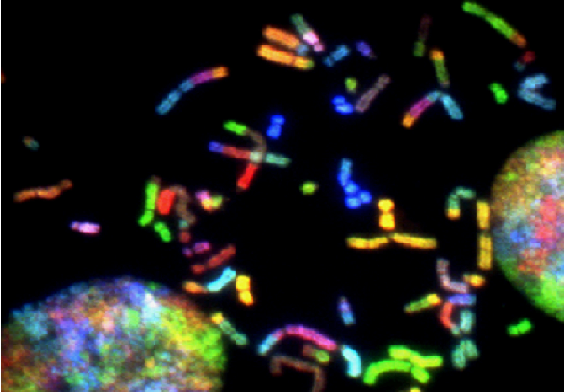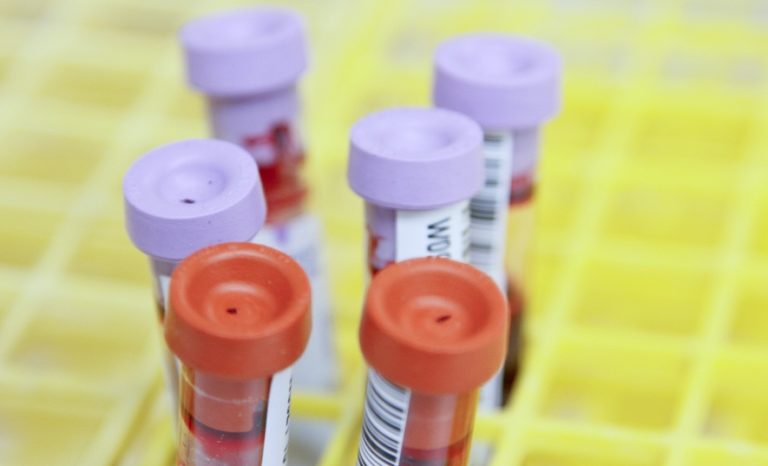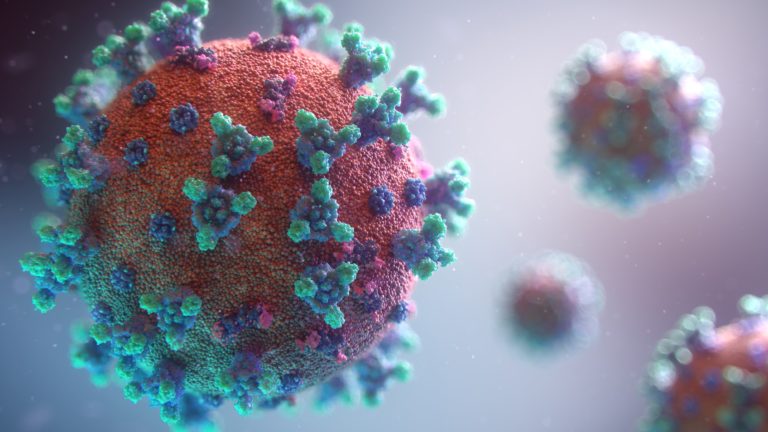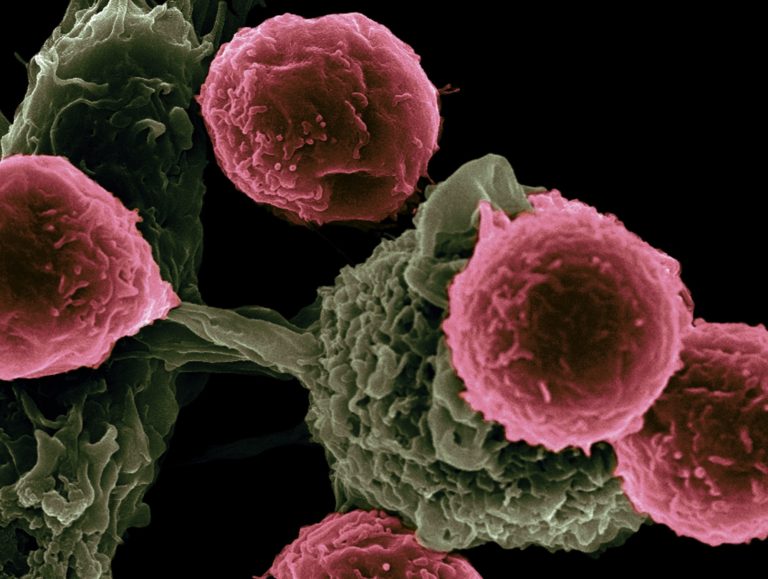August 23, 2022: “Pfizer Inc. and BioNTech SE announced updated efficacy results from a Phase 2/3 trial evaluating a three 3-µg dose series of the Pfizer-BioNTech COVID-19 Vaccine in children 6 months through 4 years of age, reinforcing previously reported interim vaccine efficacy data collected in March and April 2022.
Emergency Use Authorization (EUA) of this vaccine was granted by the U.S. Food and Drug Administration (FDA) for this age group on June 17 and an application for conditional Marketing Authorization in this age group is under review by the European Medicines Agency (EMA).This press release features multimedia.
View the full release here: https://www.businesswire.com/news/home/20220823005341/en/
Participants in the study received either the Pfizer-BioNTech COVID-19 Vaccine (3-μg) as a three-dose series or placebo (2:1 randomization). Vaccine efficacy, a secondary endpoint in the trial, was 73.2% (2-sided 95% CI: 43.8%, 87.6%) among children 6 months through 4 years of age without evidence of prior COVID-19 infection.
This analysis was based on 13 cases in the Pfizer-BioNTech COVID-19 Vaccine group (n=794) and 21 cases in the placebo group (n=351), diagnosed from March to June 2022. The study protocol specified that this formal efficacy analysis should be performed when at least 21 total symptomatic COVID-19 cases were identified, each at least seven days after the third dose.
Consistent with the time period when the cases occurred, sequencing of viral RNA from illness visit nasal swabs indicated that observed cases were primarily caused by Omicron BA.2.
Omicron BA.4 and BA.5 strains were emerging during the period of the study, with only a few cases accrued and efficacy results against these strains were inconclusive.
Consistent with our approach in adults, we are working with the FDA to prepare an EUA application for an Omicron BA.4/BA.5-adapted bivalent vaccine in children 6 months through 11 years of age.
“Building on the strong safety and immunogenicity data that led to FDA authorization of our COVID-19 vaccine for children 6 months through 4 years, we are pleased to share confirmatory evidence that a full course of vaccination helps protect against symptomatic disease, particularly during a time when the Omicron BA.2 strain was predominant,” said Albert Bourla, Chairman and Chief Executive Officer, Pfizer.
“While these results confirm that three 3-µg doses of our COVID-19 vaccine provide young children with a high level of protection at a time when the Omicron BA.2 strain was highly prevalent with a favorable safety profile, we are also developing an Omicron BA.4/BA.5-adapted bivalent vaccine in this age group to address these sublineages,” said Prof. Ugur Sahin, M.D., CEO and Co-Founder of BioNTech.
Among children ages 6 through 23 months, the vaccine was 75.8% (2-sided 95% CI: 9.7%, 94.7%) effective at preventing COVID-19, based on 4 cases in the vaccine group (n=296) and 8 cases in the placebo group (n=147), after a median of 1.9 months (range: 0.0, 4.9) follow-up after the third dose.
For children ages 2 through 4 years of age, the vaccine was 71.8% (2-sided 95% CI: 28.6%, 89.4%) effective at preventing COVID-19, based on 9 cases in the vaccine group (n=498) and 13 cases in the placebo group (n=204), after a median of 2.4 months (range: 0.0, 4.9) follow-up after the third dose.
Three 3-µg doses of the Pfizer-BioNTech COVID-19 Vaccine continue to be well-tolerated in this age group.
The majority of adverse events observed in this age group have been mild or moderate, with a safety profile similar to placebo.
On July 8, Pfizer and BioNTech submitted safety and immunogenicity data to the European Medicines Agency (EMA) requesting an update to the Conditional Marketing Authorization (CMA) in the European Union (EU) to include children ages 6 months through 4 years.
The companies plan to submit the updated efficacy data to the FDA, EMA and other regulatory agencies around the world in the coming weeks.
The Pfizer-BioNTech COVID-19 Vaccine, which is based on BioNTech’s proprietary mRNA technology, was developed by both BioNTech and Pfizer. BioNTech is the Marketing Authorization Holder for BNT162b2 (COMIRNATY®) in the United States, the European Union, the United Kingdom, Canada and other countries, and the holder of emergency use authorizations or equivalents in the United States (jointly with Pfizer) and other countries. Submissions to pursue regulatory approvals in those countries where emergency use authorizations or equivalent were initially granted are planned.
About the Phase 1/2/3 Trial in Children
The Phase 1/2/3 trial has enrolled more than 10,000 children ages 6 months to under 12 years of age in the United States, Finland, Poland, Brazil and Spain from more than 90 clinical trial sites.
The trial evaluated the safety, tolerability, and immunogenicity of three doses of the Pfizer-BioNTech COVID-19 Vaccine in three age groups: ages 5 to under 12 years; ages 2 to under 5 years; and ages 6 months to under 2 years.
Based on the Phase 1 dose-escalation portion of the trial, children ages 5 to under 12 years received a two-dose schedule of 10 µg each while children under age 5 received a lower 3 µg dose for each injection in the Phase 2/3 study.
The trial enrolled children with or without prior evidence of SARS-CoV-2 infection.
U.S. Indication & Authorized Use
Pfizer-BioNTech COVID-19 Vaccine is FDA authorized under Emergency Use Authorization (EUA) for active immunization to prevent coronavirus disease 2019 (COVID-19) caused by severe acute respiratory syndrome coronavirus 2 (SARS-CoV-2) in individuals 6 months of age and older. Pfizer-BioNTech COVID-19 Vaccine is FDA authorized to provide:
Primary Series
- A 3-dose primary series to individuals 6 months through 4 years of age
- a 2-dose primary series to individuals 5 years through 11 years of age
- a 2-dose primary series to individuals 12 years of age and older
- a third primary series dose to individuals 5 years of age and older with certain kinds of immunocompromise
Booster Series
- a single booster dose to individuals 5 through 11 years of age who have completed a primary series with Pfizer-BioNTech COVID-19 Vaccine
- a first booster dose to individuals 12 years of age and older who have completed a primary series with Pfizer-BioNTech COVID-19 Vaccine or COMIRNATY® (COVID-19 Vaccine, mRNA)
- a first booster dose to individuals 18 years of age and older who have completed primary vaccination with a different authorized or approved COVID-19 vaccine. The booster schedule is based on the labeling information of the vaccine used for the primary series
- a second booster dose to individuals 50 years of age and older who have received a first booster dose of any authorized or approved COVID-19 vaccine
- a second booster dose to individuals 12 years of age and older with certain kinds of immunocompromise and who have received a first booster dose of any authorized or approved COVID-19 vaccine
COMIRNATY®INDICATION
COMIRNATY® (COVID-19 Vaccine, mRNA) is a vaccine approved for active immunization to prevent coronavirus disease 2019 (COVID-19) caused by severe acute respiratory syndrome coronavirus 2 (SARS-CoV-2) in individuals 12 years of age and older.
- COMIRNATY® is administered as a 2-dose primary series
HOW IS COMIRNATY ® GIVEN?
COMIRNATY® is administered as an injection into the muscle as a 2-dose primary series, 3 weeks apart.
COMIRNATY® AUTHORIZED USES
COMIRNATY® (COVID-19 Vaccine, mRNA) is FDA authorized under Emergency Use Authorization (EUA) to provide:
Primary Series
- a third primary series dose to individuals 12 years of age and older with certain kinds of immunocompromise
Booster Dose
- a first booster dose to individuals 12 years of age and older who have completed a primary series with Pfizer-BioNTech COVID-19 Vaccine or COMIRNATY®
- a first booster dose to individuals 18 years of age and older who have completed primary vaccination with another authorized or approved COVID-19 vaccine. The booster schedule is based on the labeling information of the vaccine used for the primary series
- a second booster dose to individuals 50 years of age and older who have received a first booster dose of any authorized or approved COVID-19 vaccine
- a second booster dose to individuals 12 years of age and older with certain kinds of immunocompromise and who have received a first booster dose of any authorized or approved COVID-19 vaccine
Emergency Use Authorization
Emergency uses of the vaccine have not been approved or licensed by FDA, but have been authorized by FDA, under an Emergency Use Authorization (EUA) to prevent Coronavirus Disease 2019 (COVID 19) in individuals 6 months of age and older.
The emergency uses are only authorized for the duration of the declaration that circumstances exist justifying the authorization of emergency use of the medical product under Section 564(b)(1) of the FD&C Act unless the declaration is terminated or authorization revoked sooner.
INTERCHANGEABILITY
FDA-approved COMIRNATY® (COVID-19 Vaccine, mRNA) and the Pfizer-BioNTech COVID-19 Vaccine FDA authorized for Emergency Use Authorization (EUA) for individuals 12 years of age and older can be used interchangeably by a vaccination provider when prepared according to their respective instructions for use.
The formulation of the Pfizer-BioNTech COVID-19 Vaccine authorized for use in individuals 6 months through 4 years of age, 5 through 11 years of age, and 12 years of age and older are different and should therefore not be used interchangeably.
IMPORTANT SAFETY INFORMATION
Tell your vaccination provider about all of the vaccine recipient’s medical conditions, including if the vaccine recipient:
- has any allergies
- has had myocarditis (inflammation of the heart muscle) or pericarditis (inflammation of the lining outside the heart)
- has a fever
- has a bleeding disorder or is on a blood thinner
- is immunocompromised or are on a medicine that affects the immune system
- is pregnant, plan to become pregnant, or are breastfeeding
- has received another COVID-19 vaccine
- has ever fainted in association with an injection
- Pfizer-BioNTech COVID-19 Vaccine or COMIRNATY® (COVID-19 Vaccine, mRNA) may not protect all vaccine recipients
- The vaccine recipient should not receive Pfizer-BioNTech COVID-19 Vaccine or COMIRNATY® (COVID-19 Vaccine, mRNA) if the vaccine recipient has had a severe allergic reaction to any of its ingredients or had a severe allergic reaction to a previous dose of Pfizer-BioNTech COVID-19 Vaccine or COMIRNATY®
- There is a remote chance that Pfizer-BioNTech COVID-19 Vaccine or COMIRNATY® (COVID-19 Vaccine, mRNA) could cause a severe allergic reaction.
A severe allergic reaction would usually occur within a few minutes to 1 hour after getting a dose of the vaccine.
For this reason, your vaccination provider may ask you to stay at the place where the vaccine was administered for monitoring after vaccination.
If the vaccine recipient experiences a severe allergic reaction, call 9-1-1 or go to the nearest hospital - Seek medical attention right away if the vaccine recipient has any of the following symptoms: difficulty breathing, swelling of the face and throat, a fast heartbeat, a bad rash all over the body, dizziness, and weakness
- Myocarditis (inflammation of the heart muscle) and pericarditis (inflammation of the lining outside the heart) have occurred in some people who have received the vaccine, more commonly in males under 40 years of age than among females and older males.
In most of these people, symptoms began within a few days following receipt of the second dose of the vaccine. The chance of having this occur is very low
Seek medical attention right away if the vaccine recipient has any of the following symptoms after receiving the vaccine, particularly during the 2 weeks after receiving a vaccine dose:
- Chest pain
- Shortness of breath
- Feelings of having a fast-beating, fluttering, or pounding heart
- Fainting
- Unusual and persistent irritability
- Unusual and persistent poor feeding
- Unusual and persistent fatigue or lack of energy
- Persistent vomiting
- Persistent pain in the abdomen
- Unusual and persistent cool, pale skin
- Fainting can happen after getting injectable vaccines, including Pfizer-BioNTech COVID-19 Vaccine or COMIRNATY® (COVID-19 Vaccine, mRNA). Sometimes people who faint can fall and hurt themselves.
For this reason, your vaccination provider may ask the vaccine recipient to sit or lie down for 15 minutes after receiving the vaccine - Some people with weakened immune systems may have reduced immune responses to Pfizer-BioNTech COVID-19 Vaccine or COMIRNATY® (COVID-19 Vaccine, mRNA)
- Additional side effects include rash, itching, hives, swelling of the face, injection site pain, tiredness, headache, muscle pain, chills, joint pain, fever, injection site swelling, injection site redness, nausea, feeling unwell, swollen lymph nodes (lymphadenopathy), decreased appetite, diarrhea, vomiting, arm pain, and fainting in association with injection of the vaccine and irritability
These may not be all the possible side effects of the vaccine. Call the vaccination provider or healthcare provider about bothersome side effects or side effects that do not go away.”
https://www.pfizer.com/news/press-release/press-release-detail/pfizer-and-biontech-announce-updated-covid-19-vaccine-data











